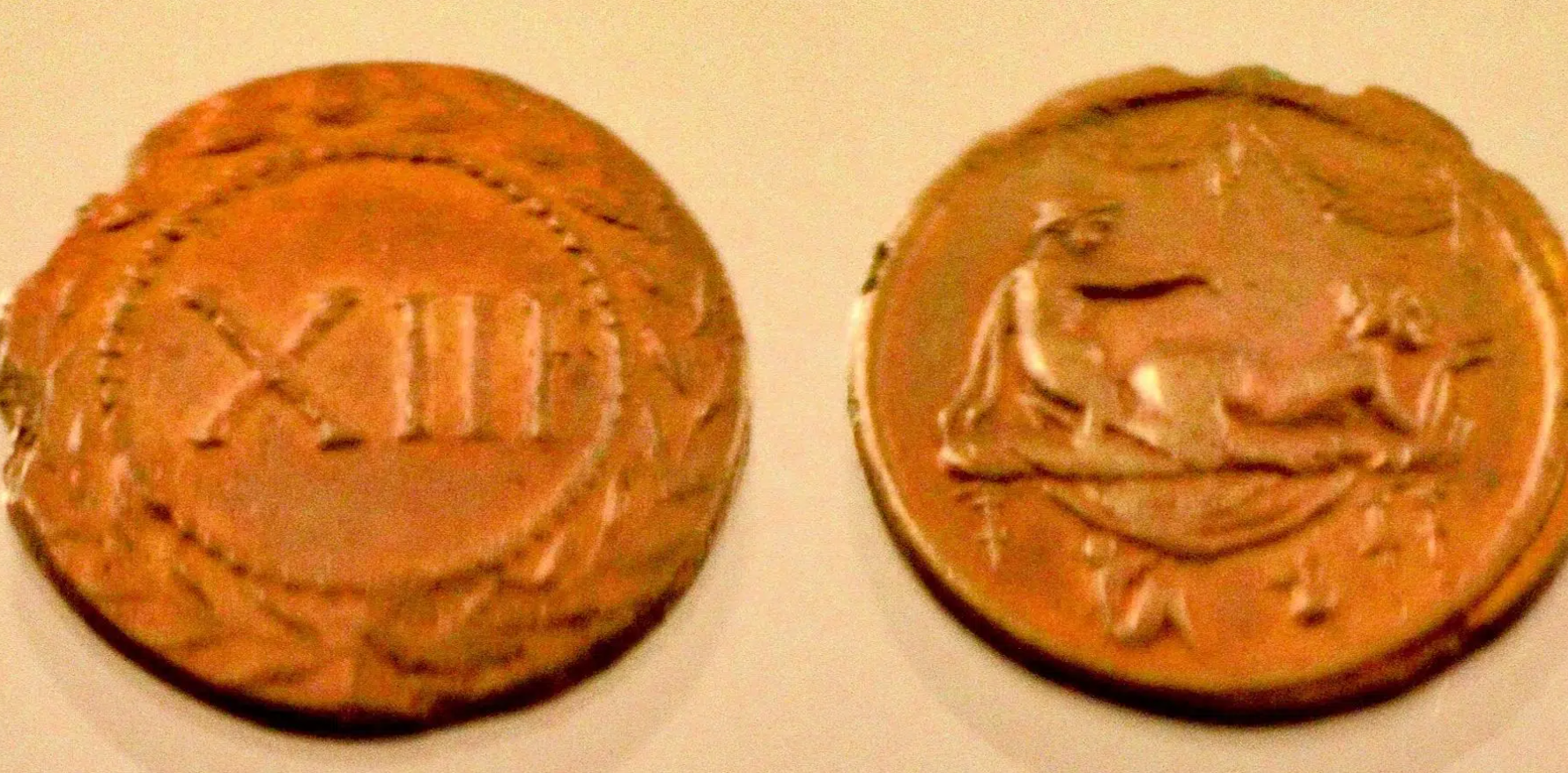Governments have mishandled monetary policy for as long as people lived in cities and had a portable medium of exchange. Lenders have always pursued their own short-term gains over the public’s long-term interests by tightening their credit criteria just when the economy needs a boost from spending – and then they’ve often opened up a firehose of money, lending to anyone with a pulse just when a little discretion would’ve been called for.
And regular folks have been caught in these messes every time. So it’s to be expected that they’ve found workarounds. Maybe cryptocurrency is new, but non-fiat currency is as old as money itself.
“Friends, Romans, countermen …”
Money – in the form of futures contracts and tokens of debts owed – date back to the dawn of civilization. It was around for thousands of years before anyone thought to carve the king’s face on it. But ever since that happened, most transactions have been conducted in sovereign currency.
And that convention has never been adequate.
Let’s take for example the Roman Empire. The denarius and its successors had intrinsic value – that is, the price of the metal content was literally the value of the coin. So when treasury officials started cutting the precious metals with lead or tin, the debased currency suddenly had less purchasing power.
Over time, the money-spending public came to appreciate the backing of a central government. But Rome is not called the Eternal City for nothing – that empire lasted for centuries. And all that military might and all those public works didn’t come cheap, nor did the appetites of the emperors and their families. So inflation was definitely a factor in Roman life. There were periodic “financial reforms,” often involving a switch between silver, gold, bronze and copper as the intrinsic metal. Each reset was followed by a revaluation and, on occasion, a renaming of the currency.
So Roman citizens often ignored minted money and invented their own The spintria – a unique numismatic artifact – became a thing. Through the first century, these cheap, bronze or brass coins were widely used for purposes lost to history, but one persistent theory is that they were brothel tokens. Spintriae depicted sexual acts on the obverse side and their numeric values on the reverse (adding new meaning to “heads or tails?”). The word comes from the same Latin root as sphincter, and near-contemporary historian Suetonius uses the word to refer to male prostitutes.
Emperor Caracalla once sentenced a man to death for using a coin bearing his likeness to hire a prostitute, so there’s some tangential support that a non-fiat currency was needed for this time-honored purpose. Then again, Caracalla didn’t ascend to the purple until a hundred years after spintriae fell out of use. Caligula was one of the emperors under whom they were traded, and I’m pretty sure he wouldn’t have minded.
Still, leading academics say that spintriae were used for some other purpose, perhaps as locker tokens. (For what it’s worth, the leading expert on the spintria was named Buttrey. He thought they were used as game pieces.)
Once upon a time
Rome fell, and all those denarii and, presumably, spintriae were worthless. The medieval world again had to find ways to conduct business in the maze of fiefdoms, bishoprics and suzerainties that succeeded the empire. Non-fiat currency took some time to gain traction, but then it kept rolling into the present day.
The coins that enabled this came to be known as jetons. They date back to the Late Middle Ages and persist to this day in the form of casino tokens. Until recently, they were used for payphones and vending machines.
There are three takeaways here:
- Money functions best when it has intrinsic value.
- Issuance from a sovereign authority might be helpful, but it’s not necessary and can actually become a hindrance.
- Empires die and, when they do, they take all that “full faith and credit” with them.
America has been quite benign as empires go. Certainly, it has afforded us the freedom to conceive and proffer the USDC token – even if it competes against the coins it mints and the notes is underwrites. America has been a beacon of opportunity, liberty and security in a world that needs more of all these blessings. America’s values are our values.
But even the most ardent American patriot – in fact the more ardent, the more this seems to be true – agrees that there are businesses that the federal government has no good reason to be in. We’re just adding currency to the list, and we’re certainly not the first to do so.
U.S. Property Coin (USP), a project of real estate development and management firm Primior, anticipated to be the first Securities and Exchange Commission-regulated, asset-backed security token drawing underlying value from real estate, providing investors a complete, transparent, stable and highly liquid digital asset that has the potential to appreciate over time and deliver yield by default.















